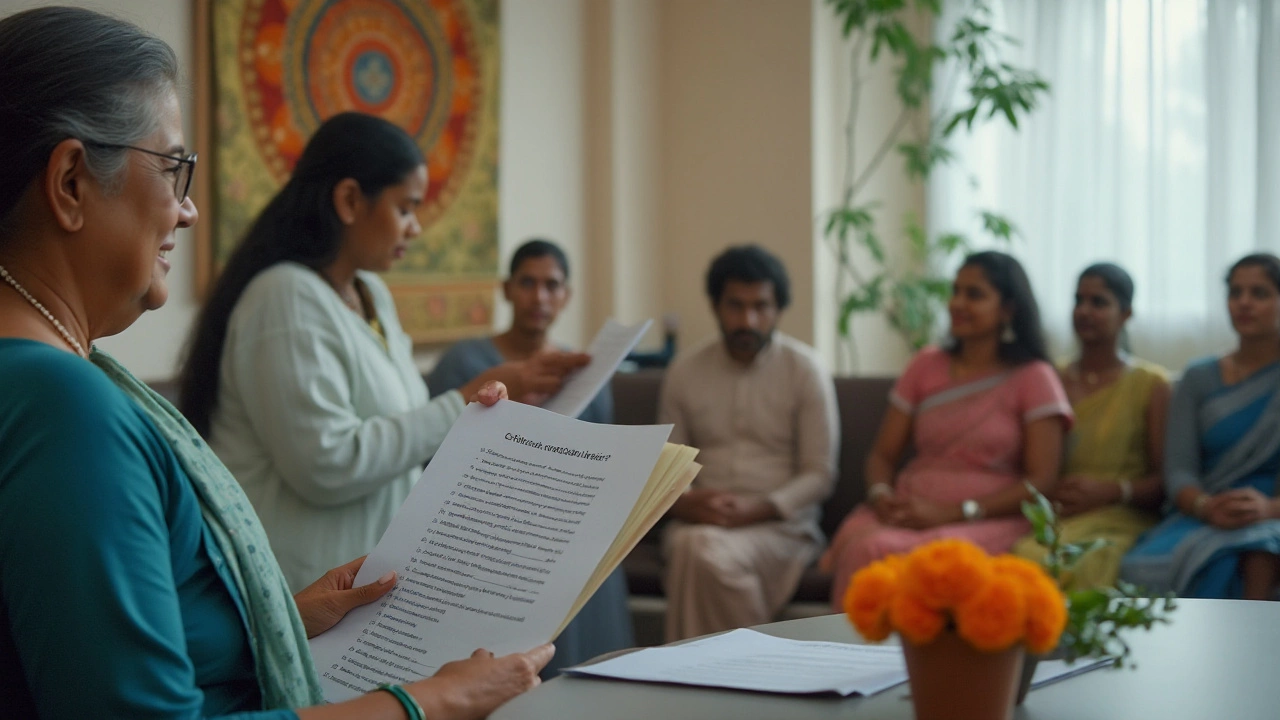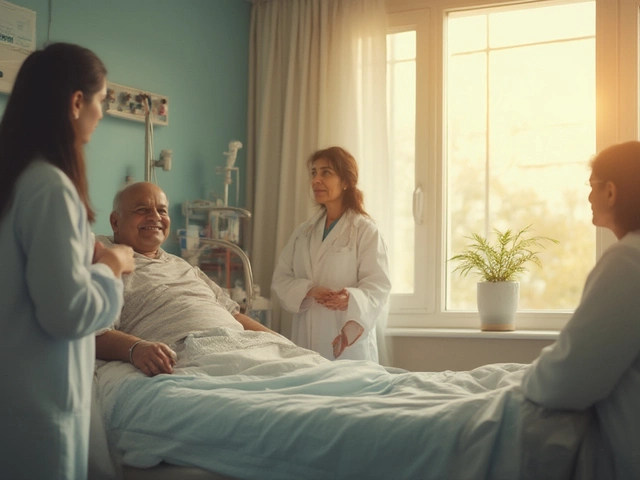Orthopedic Tips for Better Healing and Mobility
When working with orthopedic tips, practical advice that helps patients manage pain, reduce swelling, and regain movement after musculoskeletal procedures. Also known as bone and joint recovery guidance, these tips are essential for anyone dealing with injuries or surgeries involving the skeletal system.
One key area covered by orthopedic tips is knee replacement recovery, the process of healing after a total or partial knee arthroplasty, focusing on pain control, range‑of‑motion exercises, and safe weight‑bearing. This recovery phase often overlaps with the need to manage orthopedic swelling medication, drugs such as NSAIDs or prescribed steroids that reduce fluid buildup around joints. Using the right medication at the right time can speed up tissue healing and lower the risk of complications.
Why These Tips Matter
Beyond medication, many patients wonder when it’s safe to get behind the wheel. Driving after knee surgery, a milestone that depends on pain levels, leg strength, and reaction time, is a common concern for those eager to return to normal life. Getting clearance from a surgeon, completing a basic functional test, and ensuring you’re not on high‑dose painkillers are all part of the decision.
Another pillar of orthopedic tips is the broader concept of knee surgery rehabilitation, structured physical‑therapy programs that improve joint flexibility, muscle strength, and gait stability over weeks and months. Consistency with exercises, proper use of assistive devices, and gradual progression protect the joint and prevent re‑injury.
These entities form a network: orthopedic tips encompass knee replacement recovery, require appropriate swelling medication, influence the timing of driving after surgery, and support long‑term rehabilitation. Understanding how each piece fits together can turn a daunting recovery into a manageable plan.
Practical advice starts with controlling swelling. Applying ice for 20 minutes every two hours for the first 48 hours, elevating the leg, and using compression wraps are low‑cost steps that work alongside prescribed NSAIDs. If swelling persists beyond the first week, a follow‑up with your surgeon can rule out infection or blood clots.
Pain management is another cornerstone. While opioids may be necessary immediately post‑op, tapering them off as soon as possible reduces dependency risks. Combining short‑acting analgesics with physical therapy often provides enough relief to perform daily activities safely.
Exercise timing matters. Gentle quadriceps sets and heel slides can begin within the first day, but more demanding activities like stationary cycling should wait until the surgeon confirms the incision is strong enough—usually around two weeks. Each new exercise builds on the previous one, creating a step‑by‑step ladder toward full mobility.
When you feel ready to drive, perform a quick check: can you comfortably press the brake and accelerator with both feet? Is your leg strength at least 70 % of pre‑surgery levels? If you answer yes, schedule a brief assessment with your therapist or surgeon before hitting the road.
Nutrition also plays a subtle yet vital role. Protein intake supports tissue repair, while vitamin C and zinc aid collagen formation. Staying hydrated helps maintain joint lubrication and reduces stiffness.
Finally, mental outlook influences outcomes. Setting realistic milestones, celebrating small wins—like walking unaided for 10 minutes—and staying connected with support groups keep motivation high during the weeks of rehab.
Below you’ll find a curated collection of articles that dive deeper into each of these topics. From detailed medication guides to real‑world recovery stories, the posts are designed to give you actionable steps and trustworthy information as you navigate your orthopedic journey.

Knee Replacement Stiffness: Will It Ever Go Away?
Many struggle with stiffness after knee replacement. This article reveals how long it lasts, when it goes away, and real tips to bring your knee back to life.
read more
Crucial Questions to Ask Your Orthopedic Doctor
Visiting an orthopedic doctor can be a pivotal step towards overcoming joint pain or injury. To make the most of your appointment, it's important to ask the right questions. From discussing symptoms to understanding treatment plans, being prepared can lead to better outcomes. This article provides useful tips and insights for patients preparing for an orthopedic consultation. It's aimed at guiding readers towards a more effective communication with their healthcare providers.
read more



